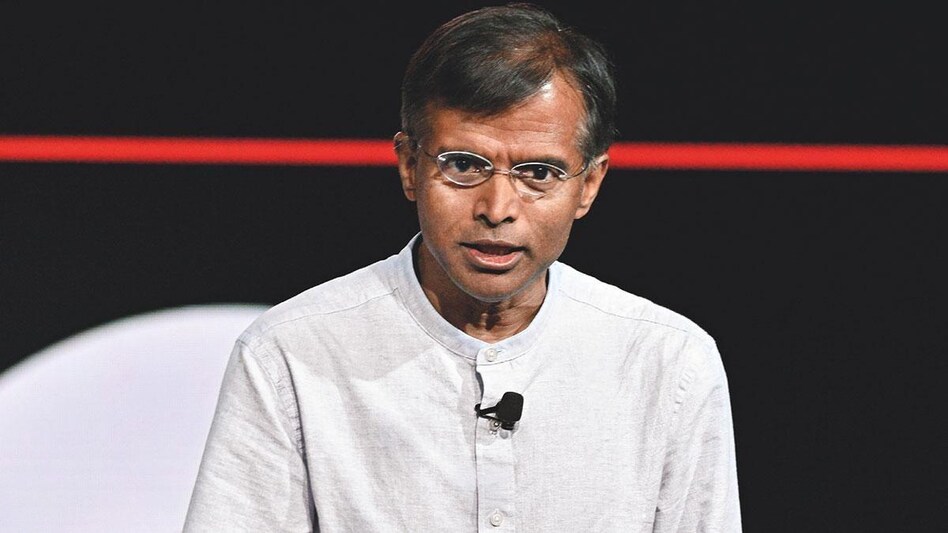 Aswath Damodaran teaches finance at the Stern School of Business
Aswath Damodaran teaches finance at the Stern School of Business  Aswath Damodaran teaches finance at the Stern School of Business
Aswath Damodaran teaches finance at the Stern School of Business Days after the third bank collapsed in America, valuation guru Aswath Damodaran on Saturday said that there were more dominos waiting to fall in the country's banking business. The banking crisis, which began in March with the fall of Silicon Valley Bank, is not over yet as several regional banks are facing the specter of rapid withdrawals and share prices crash. Just days ago, First Republic Bank collapsed and was taken over by JPMorgan.
"I do believe that there are more dominos waiting to fall in the US banking business, with banks that have grown the most in the last few years at the most risk," Damodaran, who is also a Professor of Finance at the Stern School of Business at New York University, said. "But I also believe that unlike 2008, this crisis will be more likely to redistribute wealth across banks than it is to create costs for the rest of us."
Also read: Aswath Damodaran thinks perception is everything, and for banks even more so
Damodaran said as Silicon Valley, Signature Bank, and First Republic have fallen, the 2023 banking crisis looks like a slow-motion car wreck but without the systemic consequences of prior crises. To understand banking crises, he said, one has to start with the basic business of banking - "and it is simple one: collect deposits from customers and invest those deposits in loans and securities; use the spread between interest income and expenses to cover losses".
The professor said each crisis has brought fresh regulations on the banking business and the capital required for safety. "The banking business model allows us to differentiate between good and bad banks, with good banks having stickier deposits on which they pay lower interest rates while earning interest on their loans and investments that more than cover their default risk."
In good times, he added, neither investors nor regulators pay heed to bad banks. "It is macro crises, from recessions (multiple) to lending again overvalued assets (2008) to rising interest rates (2023) that bring them into the spotlight," Damodaran added. "If you were constructing a bank that would be tested by a rise in interest rates, it would be SVB, with a virally connected clientele, disproportionately large investments in long-term securities, and a duration mismatch made in hell."
The professor said that while they share other features, the one common feature shared by SVB, Signature Bank, and First Republic was a depositor base that was sensitive, quick to move on risk rumors, and in search of higher rates. Silicon Valley Bank was a key lender for tech start-ups, who transacted in high volumes. As most parts of their money were beyond the ensured limit, they quickly moved in to withdraw their cash as soon as the crisis began.
Damodaran said the stickiness of a bank's deposits is a function of its depositor characteristics (age and wealth), deposit age (recent vs long-standing), growth in deposits (low vs high), and deposit concentration. Social media, he said, has reduced stickiness across the board. The professor further said that the market reaction to the current banking crisis has been sanguine, with the overall market not missing a step and the damage restricted to banks - and within banks, more to regional than national banks.
He said the conventional wisdom that market cap losses have been greater at smaller versus larger banks does not seem to hold up to scrutiny, since percentage losses have been greatest at the largest banks. Breaking down banks based on deposit growth over the last five years, he said, it was clear that the market cap loss has been greatest at the banks that have seen the most growth in deposits.
"There will be other dominos that fall, bank concentration (not profitability) will rise, systemic effects will stay small, accounting rules on mark to market will be tightened and regulators will add duration mismatch & deposit stickiness to the rule book," he noted.